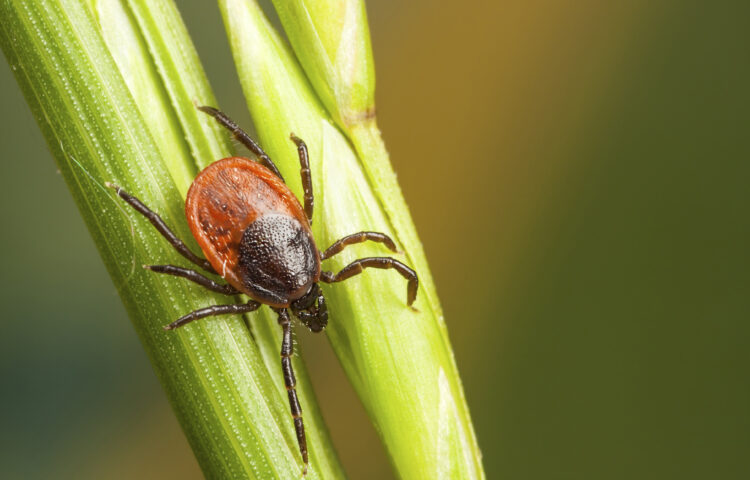It’s that time of year again, when kids are (hopefully) outside more than inside. With the warmer weather comes concerns about ticks and Lyme disease. Here’s some information to help you decipher what’s true and false as your family enjoys the great outdoors.
Fiction: Lyme disease comes from ticks, so it’s a problem all over the country.
Fact: Lyme disease is caused by bacteria called Borrelia burgdorferi, which live in certain mammals such as mice, chipmunks and deer. Ticks bite these animals, and then carry the bacteria to humans. Most of the disease is seen in these 13 states: Connecticut, Delaware, Maine, Maryland, Massachusetts, Minnesota, New Hampshire, New Jersey, New York, Pennsylvania, Vermont, Virginia and Wisconsin. Your chance of getting Lyme disease in a state other than these is low.
Fiction: If I notice a tick on my child, it has probably already transferred Lyme disease to my child.
Fact: Actually, ticks need to live on their hosts for 48–72 hours in order to transmit the disease. So if you pluck the tick off right away, your child can’t be infected. Check your children for ticks every day after they’ve been playing outside, especially if you live in a woodsy, grassy area. Because the ticks are tiny, they may be hard to notice, so don’t forget about places like the scalp and underarms. Remember: Not all ticks carry Lyme disease — the larger wood ticks, for example, do not.
Fiction: If my child doesn’t have a bull’s eye rash, then it’s definitely not Lyme disease.
Fact: People with Lyme disease have the telltale bull’s-eye rash about 70 percent of the time, and it can take up to 30 days to appear after infection. Other manifestations of Lyme disease occur later after the infection, including a diffuse rash (i.e., the rash isn’t limited to the area right around the bite), arthritis (inflammation of a joint) and more rare conditions like meningitis. Vague symptoms like fatigue and body aches aren’t specific enough to warrant testing for Lyme disease.
Fiction: The Lyme disease test isn’t very accurate.
Fact: If your child’s pediatrician or primary care doctor believes that your child may have Lyme disease, there are two rounds of testing — first, a screening test that can rule out Lyme disease. If it can’t be ruled out, then a test called the “Western blot” is performed to determine if it is, indeed, Lyme. In the absence of the rash or known tick bite, your child’s doctor may wait for the results of the second round of testing before starting treatment.
Fiction: Lyme disease can have debilitating, lifelong effects.
Fact: When treated with antibiotics, Lyme disease is entirely curable. If the initial signs go unnoticed, then symptoms such as spreading of the bull’s-eye rash, severe headaches and neck stiffness, arthritis, Bell’s palsy (drooping on one or both sides of the face) and other symptoms can occur — these, too, are completely curable, and children don’t go on to develop long-term consequences.
Fiction: My child will be at risk for chronic Lyme disease once infected with Lyme.
Fact: There is no evidence that “chronic Lyme” disease exists, or that kids or adults have long-term effects after they’ve been infected. Some clinicians mislead families into believing that Lyme requires prolonged doses of antibiotics, sometimes given intravenously to “cure” Lyme, but this could do more harm than good. Just follow the recommendations of trusted sources such as the Centers for Disease Control and Prevention (CDC) and the Pediatric Infectious Diseases Society (PIDS), and the illness will be completely cured.
Fiction: Alternative therapies are valuable treatment options for my child’s Lyme disease infection.
Fact: Lyme disease is a hot Internet topic with many people sharing both successes and horror stories about alternative treatment methods. But it’s hard to verify the legitimacy of Internet sources. Instead, talk to your child’s pediatrician, or consult with a pediatric infectious diseases physician at any academic medical center.



